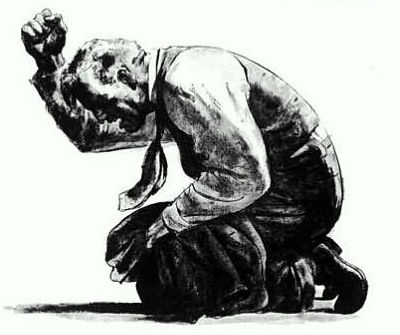Predicting New Hire Effectiveness and the Death of On the Job Training
Predicting New Hire Effectiveness and the Death of On the Job Training
Years ago I was on a team responsible for the rapid expansion of a sales force on the West Coast using recruiters and cutting edge tools.
Years before that I was in a partnership responsible for the rapid expansion of a local sales force using an online tool and a deliberate multi-step process.
Before that, I was hired by a business owner that consulted his psychic.
In all cases, the goal was the same: Make the right choice. Things worked out but who knows if they could have been better? I’m sure things could have been worse.
This was brought back to me when I read a lengthy document outlining the selection process for our high school’s new president. After 10 pages of school background was the list of new hire expectations. Inside that was a list of qualities that were desired based on completion of the Predictive Index. The Predictive Index is a hiring tool used, well, let me have them explain it:
The Predictive Index behavioral assessment is the foundation of the Predictive Index system, with more than 2 million assessments completed every year. It is a science-based assessment that provides managers with accurate, actionable data quantifying the unique motivating needs and behavioral drives of each employee and potential employee.
If you haven’t taken one, it’s a quick 2 page survey where you check off adjectives that describe how you believe others expect you to act and then adjectives that describe who you are. The results help the selection process. Reduce the bad hires.
This morning I read an article in Fast Company: Would You Hire These Famous People Based on Their Former Job Applications? Implied is the thought that we have no idea how to predict the future.
I understand the value of the tools used to predict success. Finding the right hire is a challenge. Especially when everyone you talk to wants what you have: the job. Add in the randomness of life and even if you make the right choice today, it may not be the right choice 6 months or a year from now and you have something that keeps hiring managers up at night. I get it.
Looking back at the rise of these hiring systems (Gallup, Predictive Index, Meyers-Briggs) from the 50s to today I noticed that the use of these systems coincides with the decline of old world On The Job Training. As I referenced in my previous post on Succession Planning, our ability to forecast the future is incredibly bad. These systems are set up to help us work through that but there’s no substitute for taking someone under your wing and building them.
The stockroom to boardroom anecdotes are getting harder and harder to find. Committees make decisions without personal consequences. Bring on someone with the right experience and can hit the ground running tomorrow. Avert risk.
Where am I going with this?
I am not advocating ignoring hiring systems. Nor am I wagging a finger at corporations that no longer build their own benches.
If there’s any conclusion I can make it’s that individuals need to take direct control of their experiences and skills. Stop thinking about how much you’re getting from your company and start asking “What am I becoming?”
And for your organization, when looking for the next leader I would suggest heeding the old proverb, “The best time to plant a tree is 20 years ago,” because what has happened, will happen. Start building your next president today.
Good stuff.
About the Author: Greg Chambers is Chambers Pivot Industries. Get more business development ideas from Greg on Twitter.

